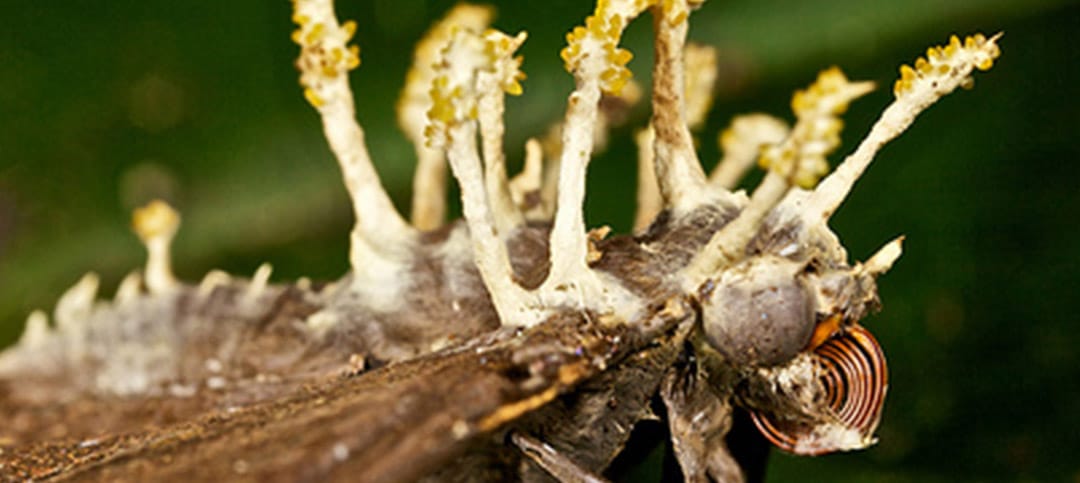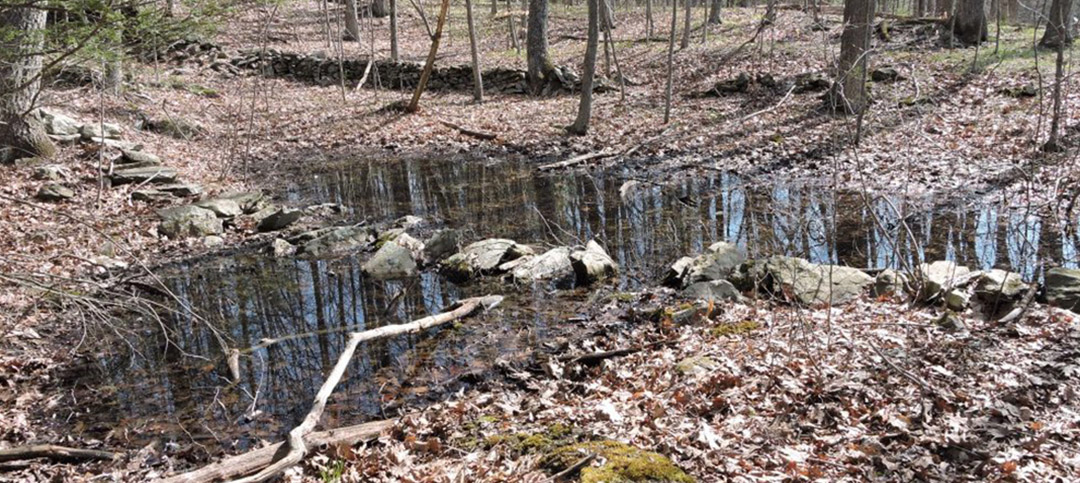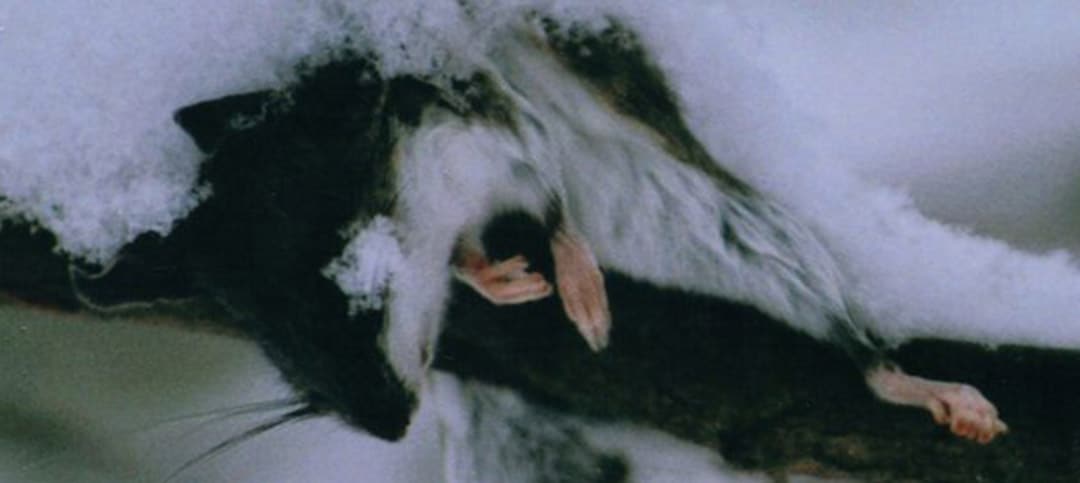Newsletter Subscription
Latest News
RABBIT STEW
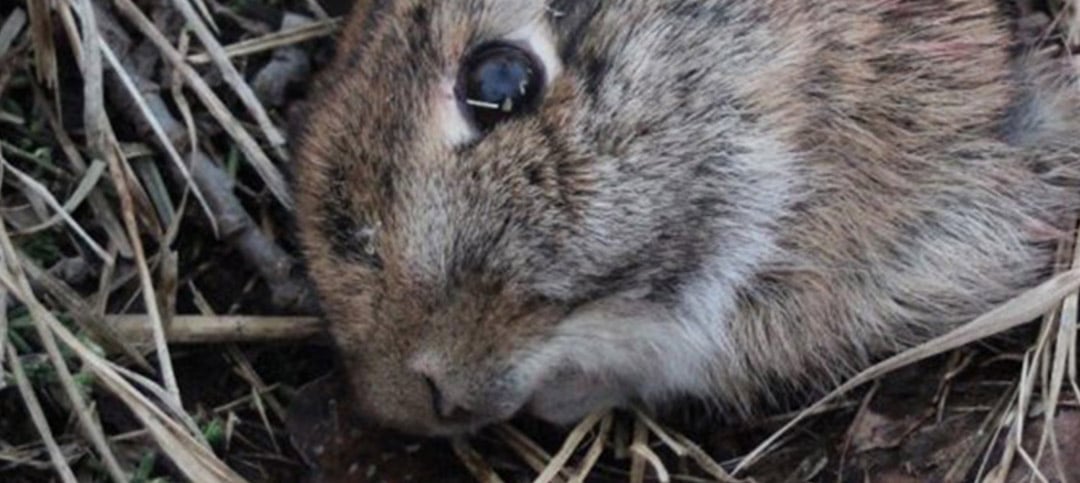
A cattail falls to the blade of my brush cutter, grudgingly smacking my face and exploding into a cloud of seed. Reed canary grass, invasive by nature, has also colonized this wet meadow of Macricostas Preserve that parallels Route 202, and its eradication is the focus of my effort. Monotonously sweeping back and forth, my blade meets resistance, and a cottontail head comes into view. Blood has splattered on the dirty yellow grass and I am convinced I have just decapitated a priority species in the state. Stew ingredients are inventoried…have carrots, potatoes, onions, capers, flour, stock…pick up a dry red wine and parsley on the way home. I was almost disappointed to realize that I was not the dealer of death when the body could not be found. The head was cool to the touch, confirming that a great horned owl or coyote had claimed it as prey the night before.
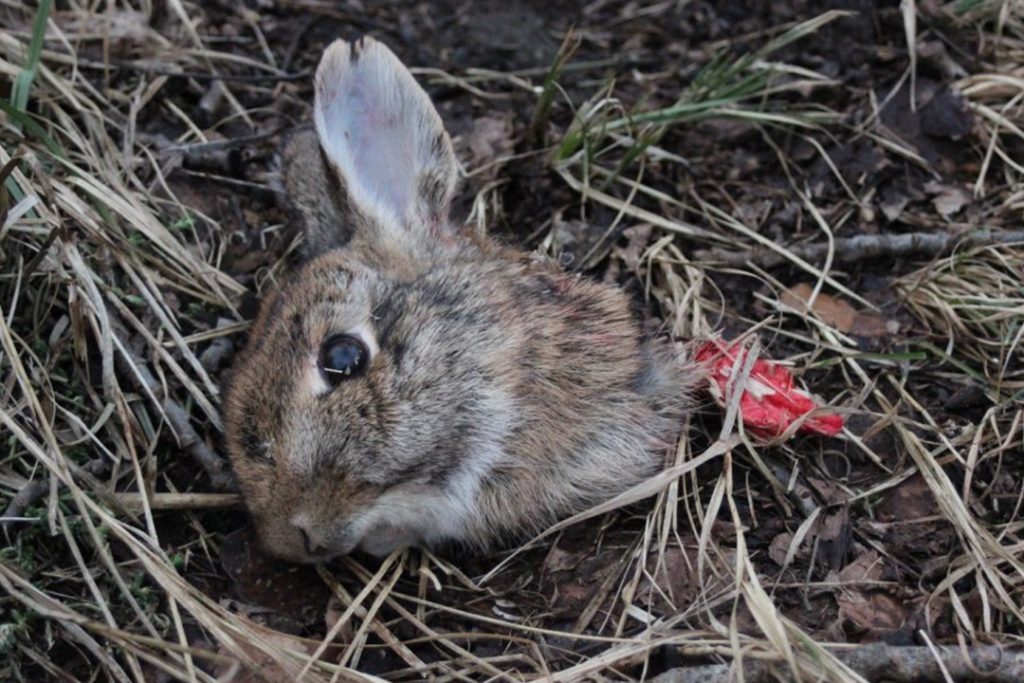
Two species almost identical in appearance inhabit Connecticut – the eastern and New England cottontail. Eastern cottontails are more prevalent, found in fields, meadows, and yards while New England cottontails, the native species, are less common due to loss of its preferred habitat (thicket shrubland and young forest). We are in one of DEEP’s core focus areas for restoration of New England cottontail and Steep Rock Association actively manages its preserves to provide early successional habitat for dependent wildlife.


